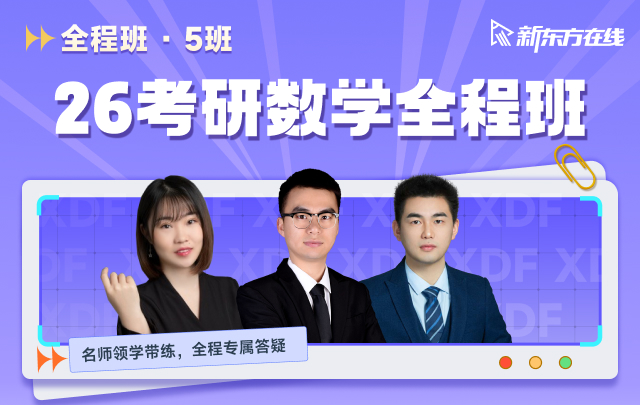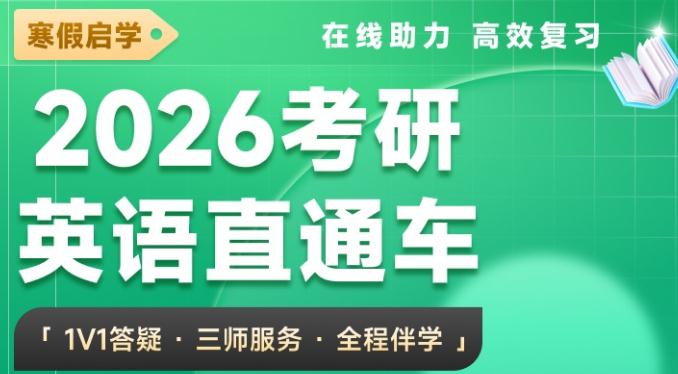1998-2022 ChinaKaoyan.com Network Studio. All Rights Reserved. 滬ICP備12018245號
北京理工大學物理學院研究生導師:王鋒
姓名:王鋒
所在學科:物理學院
職稱:副教授
E-mail:llgyzh0@bit.edu.cn
個人簡歷
1996/9–2001/6, 中國科學院近代物理研究所, 粒子物理與原子核物理, 博士;
1992/9–1996/6, 西北大學, 理論物理, 學士;
工作經歷
2015/12-至今,北京理工大學,物理學院,副教授
2014/12-2015/11,法國勒芒大學,物理系,訪問學者
2011/11-2014/11,北京理工大學,機械與車輛學院,副教授
2010/10-2011/10,韓國浦項科技大學,化學系,研究員
2003/8-2010/9,北京理工大學,理學院物理系,副教授
2001/9-2003/6,清華大學,原子分子納米科學研究中心,博士后
科研方向
長期從事含時密度泛函理論方法發展及其應用于原子碰撞和光與物質相互作用方面的研究。研究方向包括:(1)密度泛函理論發展及其在原子碰撞模型中的應用;(2)超短激光調控材料瞬時局部特性機理研究;(3)含能材料設計與性能預估;(4)納米摩擦電荷轉移機理研究。
近年來主持和參與的國家自然科學基金研究項目如下:
1.國家自然科學基金面上項目,11774030,密度泛函理論發展及其在原子碰撞模型中的應用,2018/01-2021/12,主持
2.國家自然科學基金重點項目,51735001,納米發電機多級織構界面接觸/摩擦起電機理與調控研究,2018/01-2022/12,參與
3.中央高校基本科研專項,2017CX10007,電子、原子層次新型含能材料設計與性能預測,2017/06-2019/12,參與
4.國家自然科學基金面上項目,11474020,多電子離子Auger過程和內殼光電離過程的理論研究,2015/01-2018/12,參與
5.國家自然科學基金重點項目,20933001,氣溶膠表面動力學過程的原位譜學觀測和理論化學計算模擬,2010/01-2013/12,參與
6.國家自然科學基金面上項目,10876003,氧與材料表面碰撞反應動力學研究,2009/01-2011/12,主持
7.國家自然科學基金面上項目,21071020,碳納米管為基的納米復合含能材料性能模擬,2011/01-2011/12,主持
8.火炸藥行業青年創新基金,1070021020701,高溫高壓下炸藥RDX和HMX初始反應動力學過程研究,2006/01-2008/06,主持
9.國家自然科學基金面上項目,10475007,沿面型介質阻擋放電的陽極條紋及放電機理研究,2005/01-2007/12,參與
學術成就
國內率先建立了一套基于密度泛函理論非絕熱電子-離子耦合的原子碰撞動力學模型程序[核物理評論 19 (2002) 157、Journal of Chemical Physics 134 (2011) 154308];系統地研究了原子碰撞過程中電荷轉移機理。國際上率先提出了從電子密度中提取體系態分辨信息的方法[Journal of Chemical Physics 139 (2013) 094108、Journal of Chemical Physics 145 (2016) 114104];當前,人們通過精密調控飛秒激光脈沖與物質相互作用物理過程,既能獲得具有特定多維度(偏振、位相、頻率、振幅、脈寬及模場等)時空結構的新型光場,又能獲得具有特定物性(光、電、磁等)的新型物質狀態,從中發現一系列新現象與新效應,并開發出相應的原創技術,為其在物理、信息處理與通訊、材料、化學與生命等研究及應用中提供基礎性和前瞻性的科學技術儲備。少周期超短飛秒激光脈沖具有超強、超快和時空波形靈活可控的特性,為開展“新型光場調控物理及應用”研究提供了有力的工具:超強特性使其可以深刻非線性地調控材料的(光、電、磁等)屬性;超快特性使其可以非熱、相干、精準地調控材料的(光、電、磁等)屬性。我們的研究工作表明,少周期超短飛秒激光脈沖可以無損、可逆地瞬時動態調控寬
帶隙透明材料(金剛石、氮化硼、碳化硅)的介電函數,使其顯示極強的各向異性,并在特定的頻段出現雙曲色散特性,為納米尺度的局域光聚焦、成像、傳輸與操控,以及全光調制和全光整形技術等研究及應用提供材料和物理基礎。
代表性論文:
【1】Xiaoqin Zhang, Feng Wang*, Xiaoli Wang and Lan Jiang (2019): Controlling anisotropy of dielectrics by an ultrashort double-pulse laser, J. Phys. D: Appl. Phys. 52, 035106.
【2】Xiaoshuang Kong, Feng Wang*, Xiaoqin Zhang, Zehui Liu, and Xiaoli Wang (2018): Dielectric properties of cubic boron nitride modulated by an ultrashort laser pulse, Physical Review A 98, 053439.
【3】Xiaoqin Zhang, Feng Wang*, Fengshou Zhang, and Yugui Yao (2018): Control of the hyperbolic dispersion of dielectrics by an ultrashort laser pulse, Physical Review B 97, 014310.
【4】Chang-Kai Li, Feng Wang, Bin Liao, Xiao-Ping OuYang, and Feng-Shou Zhang* (2017): Ab initio electronic stopping power and threshold effect of channeled slow light ions in HfO2, Physical Review B 96, 094301.
【5】Chang-kai Li, Fei Mao, Feng Wang, Yan-long Fu, Xiao-ping Ouyang, and Feng-Shou Zhang* (2017): Electronic stopping power of slow-light channeling ions in ZnTe from first principles, Physical Review A 95, 052706.
【6】Xiaoqin Zhang, Feng Wang*, Lan Jiang, and Yugui Yao (2017): Manipulation of the dielectric properties of diamond by an ultrashort laser pulse, Physical Review B 95, 184301.
【7】Feng Wang*, Yugui Yao, Florent Calvayrac, and Fengshou Zhang (2016): Extraction of state-resolved information from systems with a fractional number of electrons within the framework of time-dependent density functional theory, Journal of Chemical Physics 145, 114104.
【8】Xuhai Hong, Feng Wang, Yong Wu*, Bingcong Gou, and Jianguo Wang (2016): H+-H2O collisions studied by time-dependent density-functional theory combined with the molecular dynamics method, Physical Review A 93, 062706.
【9】Cong-Zhang Gao, Jing Wang, Feng Wang, and Feng-Shou Zhang* (2014): Theoretical study on collision dynamics of H+ + CH4 at low energies, Journal of Chemical Physics 140, 054308-1-12.
【10】Feng Wang*, Lan Jiang, Xuhai Hong, Yalong Jiao, Jianguo Wang, and Fengshou Zhang (2013):
An effective method for state population within time-dependent density functional theory, Journal of Chemical Physics139,094108.
【11】Xuhai Hong, Feng Wang*, Yalong Jiao, Wenyong Su, Jianguo Wang, and Bingcong Gou (2013): Theoretical investigation of the electron capture and loss processes in the collisions of He2+ + Ne, Journal of Chemical Physics 139, 084321.
【12】C. L. Zhang, H. X. Hong, F. Wang, Y. Wu, and J. G. Wang* (2013): Theoretical investigation of He2+-Ar collisions in the energy range of 4–300 keV/amu, Physical Review A 87, 032711.
【13】Feng Wang*, Xuhai Hong, Jian Wang, Kwang S. Kim* (2011): Coordinate space translation technique for simulation of electronic process in the ion–atom collision, Journal of Chemical Physics 134, 154308.
招生信息
每年擬招收博士生和碩士生1~2名。
來源未注明“中國考研網\考研信息網”的資訊、文章等均為轉載,本網站轉載出于傳遞更多信息之目的,并不意味著贊同其觀點或證實其內容的真實性,如涉及版權問題,請聯系本站管理員予以更改或刪除。如其他媒體、網站或個人從本網站下載使用,必須保留本網站注明的"稿件來源",并自負版權等法律責任。
來源注明“中國考研網”的文章,若需轉載請聯系管理員獲得相應許可。
聯系方式:chinakaoyankefu@163.com
- 2026考研英語全程班 6班
- 權威高配師資親授技巧,教研千錘百煉科學提分。直錄播課相結合精講互動二合一,專業團隊精細化作文批改。講練結合,隨學隨練穩步提升。支持試聽~
- 主講團隊:王江濤、譚劍波、董仲蠡、許聰杰、陳志超、潘赟、鄭艷彤、易熙人

掃碼關注
了解考研最新消息












